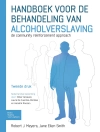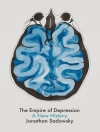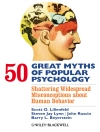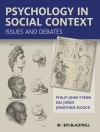Throughout the world, schizophrenia is a diagnosis now in decline, representing a radical shift in our historical and medical understanding of madness and mental distress. But what does this medical term, first coined by a Swiss psychiatrist in 1908, mean? And why is it increasingly unpopular among patients and the medical establishment?
Historian and clinician Orna Ophir unearths the stories of patients and doctors as they struggle to make sense of this debilitating condition. At different times, patients have been depicted as possessed by demons, or simply “inspired, ” as hearing voices, suffering from a “split-mind, ” or merely having difficulty in “integrating” experiences. Now, a century after its birth, schizophrenia is increasingly viewed not as a radical, abnormal disease defined by an ever-changing cluster of symptoms, but the extreme end of a spectrum on which we are all located.
The story Ophir tells is a hopeful one: As patients and doctors sought to overcome stigma and improve therapeutic outcomes, they have shown ever-greater sensitivity to diversity and difference. Schizophrenia: An Unfinished History gestures toward a future in which clinicians and patients will collaborate in the search for better outcomes.
สารบัญ
Preface
Acknowledgments
Introduction: The Ends of a Diagnosis
1 From the Bible to Bleuler
2 Kraepelin, Bleuler, and the Birth of “the Schizophrenias”
3 Psychoanalysis and Schizophrenia
4 The Legacy of the DSM: “The Schizophrenic” as a Moving Target
5 Hearing Voices
6 Schizophrenia and Stigma: Considering a Name Change
7 A Beautiful or Split Mind: The Ethical Implications of a Diagnosis
Notes
Index
เกี่ยวกับผู้แต่ง
Orna Ophir is Adjunct Professor in the Gallatin School of Individualized Study at New York University, and Associate Director of the De Witt Wallace Institute of Psychiatry: History, Policy & the Arts, Weill Cornell Medical College. She is also a psychoanalyst in private practice in New York City and a member of the International Psychoanalytical Association (IPA).












